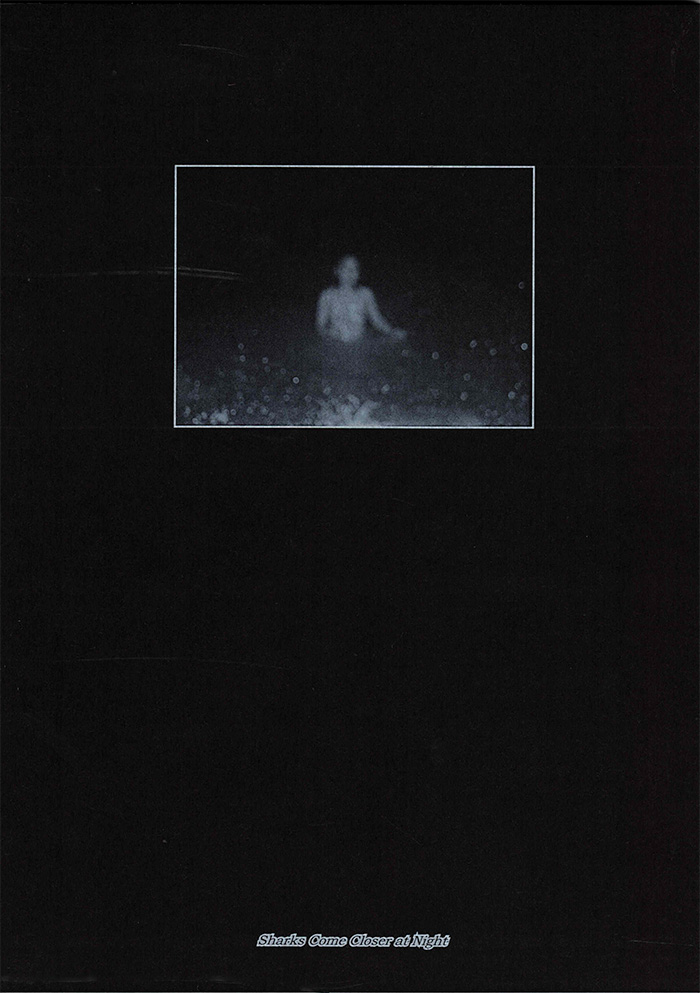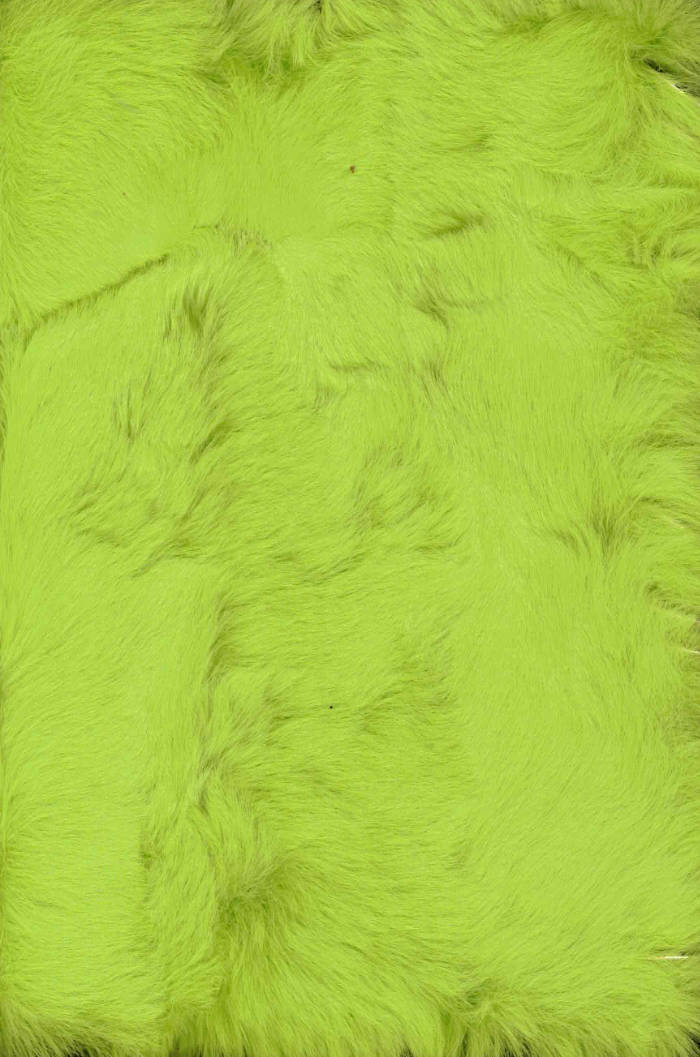The Fair Kin Arts Almanac is made with the voices of more than 130 artists, writers, and activists spinning their thoughts and experiences into 12 chapters around a year. Surprising perspectives, recipes, sound practices, and reflections around ecology, parenthood, the need to rest in a life that never stops, the urgency for space and infrastructure for artists, redistribution of resources, accessibility of the sector, artistic involvement in politics and much more.
The FAIR KIN ARTS ALMANAC is a circular book, filled with perspectives, recipes, astrological wisdom, ideas, games, proposals and in depth reflections around topics of social political relevance. For the Arts and beyond.
The book was edited by a team of 13 editors that in turn each worked with artists, art workers, writers and academics. Chapters range from politics, making space, education, parenthood, accessibility, ecology, mutuality, rest, migration, redistribution, property & open source and relationality.








